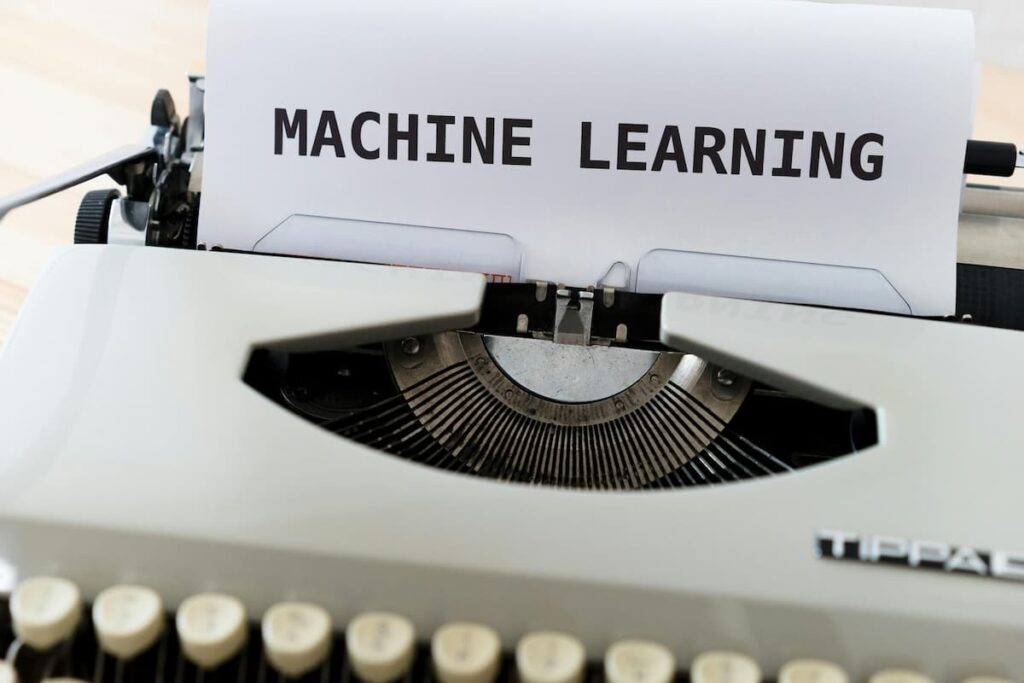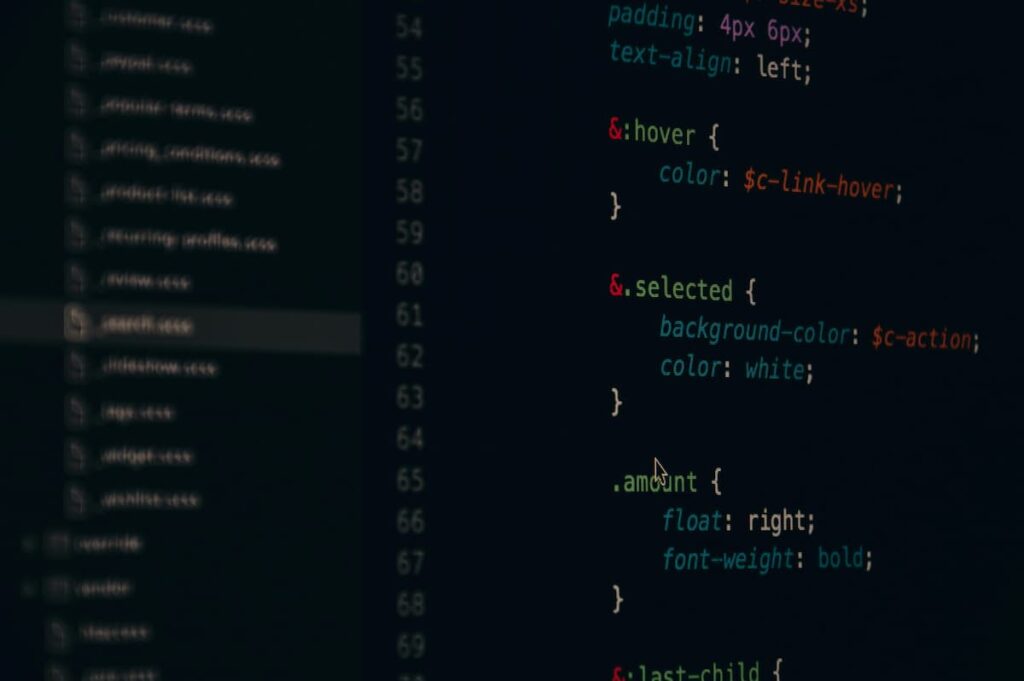Introduction
Table of Contents
In the realm of machine learning, algorithms are the backbone of any model’s success. Two primary categories of these algorithms are supervised learning and unsupervised learning. Understanding the differences, applications, and intricacies of these learning methods is crucial for anyone involved in data science and AI. This comprehensive article delves into the nuances of supervised and unsupervised learning algorithms, providing a thorough understanding to help you navigate this complex field.
Supervised Learning Algorithms
Definition and Overview
Supervised learning is a type of machine learning where the algorithm is trained on a labeled dataset. This means that each training example is paired with an output label. The goal of supervised learning is to learn a mapping from inputs to outputs that can be used to predict the labels of new, unseen data.
Types of Supervised Learning Algorithms

- Regression Algorithms:
- Linear Regression: This is one of the simplest regression techniques where the relationship between the dependent variable and one or more independent variables is modeled linearly. It’s useful for predicting continuous values.
- Polynomial Regression: Extends linear regression by modeling the relationship as an nth degree polynomial. It captures the non-linear relationship between variables.
- Ridge and Lasso Regression: These are regularized versions of linear regression that help prevent overfitting by imposing a penalty on the size of coefficients.
- Classification Algorithms:
- Logistic Regression: Despite its name, logistic regression is used for classification problems. It predicts the probability that a given input belongs to a certain class.
- Support Vector Machines (SVM): This algorithm finds the hyperplane that best separates the classes in the feature space. It’s effective in high-dimensional spaces.
- Decision Trees: These algorithms use a tree-like model of decisions and their possible consequences. They are intuitive and easy to visualize.
- Random Forests: An ensemble method that builds multiple decision trees and merges them together to get a more accurate and stable prediction.
- k-Nearest Neighbors (k-NN): A non-parametric method that classifies a data point based on how its neighbors are classified.
Applications of Supervised Learning
- Spam Detection: Classifying emails as spam or not spam.
- Image Recognition: Identifying objects within images.
- Sentiment Analysis: Determining the sentiment expressed in a text.
- Credit Scoring: Predicting the likelihood of a borrower defaulting on a loan.
Unsupervised Learning Algorithms
Definition and Overview
Unsupervised learning involves training an algorithm on data that does not have labeled responses. The goal is to infer the natural structure present within a set of data points. This type of learning is particularly useful for discovering hidden patterns or intrinsic structures in data.
Types of Unsupervised Learning Algorithms
- Clustering Algorithms:
- k-Means Clustering: This algorithm partitions the data into k clusters, where each data point belongs to the cluster with the nearest mean. It’s simple and efficient for large datasets.
- Hierarchical Clustering: Builds a hierarchy of clusters either agglomeratively (bottom-up) or divisively (top-down). It’s useful for creating a dendrogram that can show the relationship among clusters.
- DBSCAN (Density-Based Spatial Clustering of Applications with Noise): Clusters data based on the density of data points. It can find arbitrarily shaped clusters and is robust to outliers.
- Dimensionality Reduction Algorithms:
- Principal Component Analysis (PCA): A technique that reduces the dimensionality of the data while preserving as much variability as possible. It transforms the data into a new coordinate system.
- t-Distributed Stochastic Neighbor Embedding (t-SNE): A technique for reducing dimensions and visualizing high-dimensional data by minimizing the divergence between two distributions.
- Autoencoders: A type of neural network used to learn efficient codings of input data by training the network to ignore noise and redundancy.

Applications of Unsupervised Learning
- Market Basket Analysis: Discovering products that frequently co-occur in transactions.
- Customer Segmentation: Grouping customers based on purchasing behavior for targeted marketing.
- Anomaly Detection: Identifying unusual patterns that do not conform to expected behavior.
- Gene Expression Data Analysis: Clustering genes with similar expression patterns to discover functional similarities.
Key Differences Between Supervised and Unsupervised Learning
- Data Labeling:
- Supervised Learning: Requires labeled data where each input has a corresponding output.
- Unsupervised Learning: Uses unlabeled data and tries to find hidden structures.
- Goal:
- Supervised Learning: Predicts outcomes based on input data.
- Unsupervised Learning: Finds patterns and relationships within the data.
- Complexity:
- Supervised Learning: Often more straightforward due to the direct mapping of inputs to outputs.
- Unsupervised Learning: Can be more complex as it involves understanding the underlying structure of the data.

Choosing the Right Algorithm
The choice between supervised and unsupervised learning depends on the nature of your data and the problem you are trying to solve. If you have labeled data and need to make predictions or classifications, supervised learning is the way to go. On the other hand, if you have a large amount of unlabeled data and want to uncover hidden patterns or groupings, unsupervised learning is more appropriate.
Conclusion
Understanding the fundamentals and differences between supervised and unsupervised learning algorithms is essential for leveraging the power of machine learning. Each approach has its unique strengths and applications, making them invaluable tools in the data scientist’s toolkit. By mastering these concepts, you can better tackle complex data challenges and drive innovative solutions in your field.
Please click here for Further Exploration
Please click here to read about AI IN VIDEO GAMES: HOW AI IS CHANGING THE GAMING WORLD FOREVER

